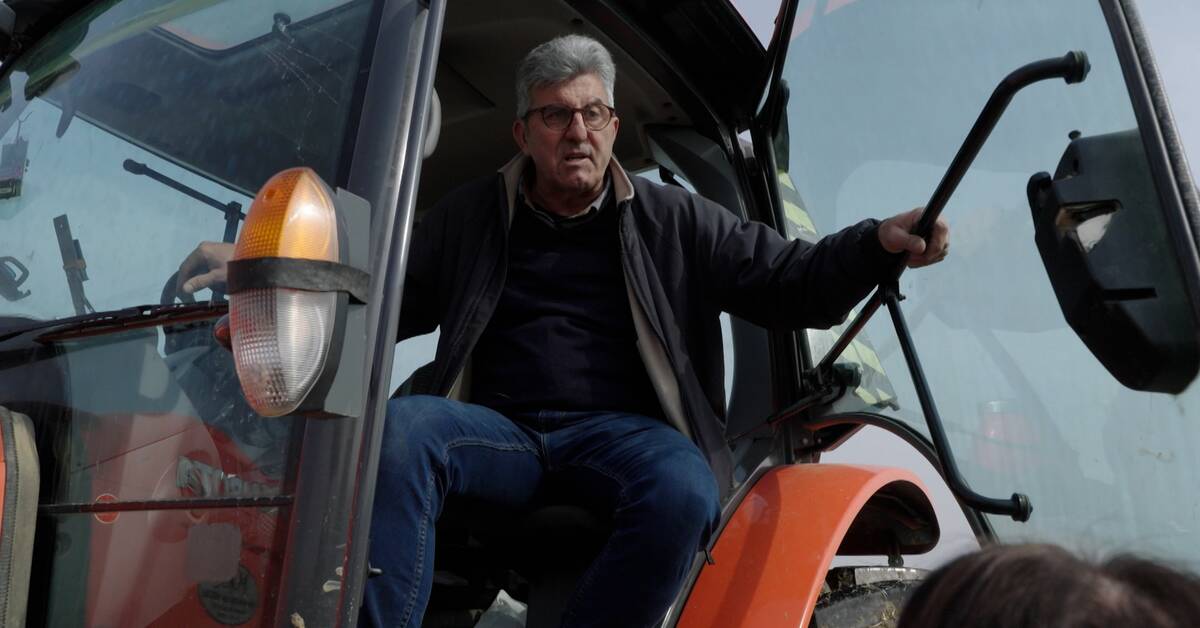Last year's drought was the worst in 70 years in Italy. This year's summer is in danger of getting even worse. The country's government recently held an extraordinary meeting and has set up an emergency commission.
"The situation is very serious. The fact that last year was so dry makes the situation worse. There has been very little rain and snow throughout the winter, said Massimiliano Pasqui, a researcher in climatology.
New type of low pressure
SVT meets him in Rome where he is an expert at Italy's national research council CNR, with a focus on climate change and how various difficult future scenarios can be handled.
"The Atlantic low pressures have begun to change movement patterns and this means, simply put, that the Alps become a barrier to rain, especially in northern Italy," says Pasqui and continues:
"The situation is so serious that it would have to rain for 50 days more or less constantly. But rain the right way, not downpours that cause flooding.
The water flow is historically low in Italy's longest river Po, which supplies both Italy's largest agricultural areas and many large industries with water. That climate change is behind the drought is obvious, according to Massimilano Pasqui.
"It's beyond doubt," he says.
'Total natural disaster'
Of the same opinion is Alberto Lasagna, civil engineer in environmental and water engineering and chairman of Pavia's farmers. He shows SVT around dry irrigation canals and ditches and at Po, which usually in March is a brimming spring flood.
"Ever since October 2020 until now, we haven't had any heavy rains. This has always been an area with too much water. But now northwestern Italy is the country's driest region, says Alberto Lasagna.
He shows us the water meter that is below the bottom level.
"We live in a time of total natural disaster. The changes are happening so fast that we are not ready to deal with them.

